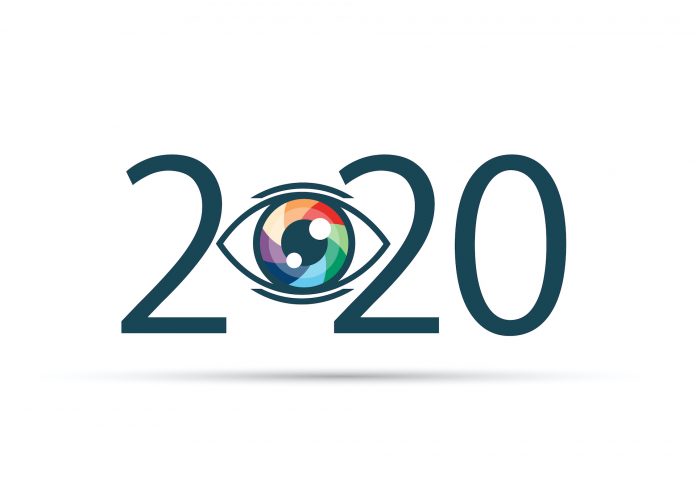Many transportation directors, like other professionals, set goals each calendar or school year for both themselves and their staffs. Wouldn’t it be interesting to dust off lists developed a year ago?
Who would have foretold COVID-19? As the New York Times reminded us last month, Pulitzer Prize-winning journalist Laurie Garrett, a trained immunologist and former fellow at the Harvard School of Public Health, did with her 1994 bestseller “The Coming Plague.” And what awaits us after COVID-19 passes, whenever that happens?
Who knew that being a student transportation leader in 2020 would require an advanced degree in public health? That might be a stretch for most, but the point is that student transportation is not solely about student transportation, anymore. The job duties of transportation directors and their staff have greatly expanded this year, more than any other in recent memory. In addition to advanced vehicle and operational analytics to crunch, transporters are dealing with contact tracing, student health checks, and the necessary knowledge of safely dis- infecting school buses without causing injury to students and drivers, not to mention the onboard equipment.
COVID-19 has also worsened budget constraints. Student transportation has a fierce and familiar fight ahead for relevance amid increasing demands from teachers and IT departments. Despite some dismal school bus sales numbers so far this year, transportation directors we talk to are saying they plan to stay the course with their purchase plans. COVID-19 has forced a reduction in passenger capacity because of physical distancing and parents keeping their students off the bus or at home. That has made this health crisis a bit more bearable for many operations, but at some point, the children will return. What then, when new budgets are in effect?
Meanwhile, food delivery has become a staple product of many fleets across the nation, at least for the remainder of this calendar year. The same goes for Wi-Fi hotspots. The school bus is looking more and more like an actual classroom on wheels.
Legal expert Matthew Daus nailed it during the virtual Bus Technology Summit in September when he referred to the industry’s growth trajectory as dependent upon a new model of Pupil Transportation as a Service. Disruption expert Jim Harris made a similar observation during the event that week. (See related articles starting on page 22.)
It all boils down to perspective. Success is attainable by looking at things differently.
The industry can continue to call for all students to ride school buses—they are the safest way to get to and from school, after all. But especially where there is a shortage of drivers, how can existing funds be better utilized to transport these students on other vehicles? Like it or not, this is the way of the future, but student transporters can take the lead in setting expectations if not outright regulations for how these services will operate. Oversight is key to any student transportation operation, whether using district or contractor school buses, transit, taxis, or other alternative options.
Student transporters can and should insert themselves into larger conversations about student safety and education. After all, this industry repeatedly pleads to be taken seriously as a part of a student’s overall educational day. Then walk the talk.
Electric buses still elicit many rolled eyes at trade shows. (Remember those?) Yes, EVs cost three times that of a diesel bus, but they also offer untapped potential, like one day powering the transportation department offices and garage, or allowing the district to sell electricity back to the utility.
What about collision mitigation systems? You say your drivers are already safe. They also may just be getting back behind the wheel after an eight-month, COVID-19 “vacation.” These automated solutions are a part of the autonomous spectrum, which many of our passenger vehicles already have. School buses will always need at least one adult onboard to manage the students. But one day, and it will come sooner than you realize, school buses will also need to be able to communicate with the vehicles and infrastructure around it. Imagine a world where an alert on the dash or windshield of every other nearby vehicle warns motorists of a stopping school bus to pick up or drop off students.
The bottom line is that student transporters have an opportunity to not just think like safety experts and educators but as leaders, and to take the actions necessary in their community to evaluate how their operations can benefit from emerging technology. Perhaps it won’t all be implemented tomorrow, but are you at least having a conversation with your drivers and staff about what is possible? A likely result could be suggestions from your employees that you haven’t thought of yet.
It’s time to start developing a new list of goals.
Editor’s Note: As reprinted in the November issue of School Transportation News.
















